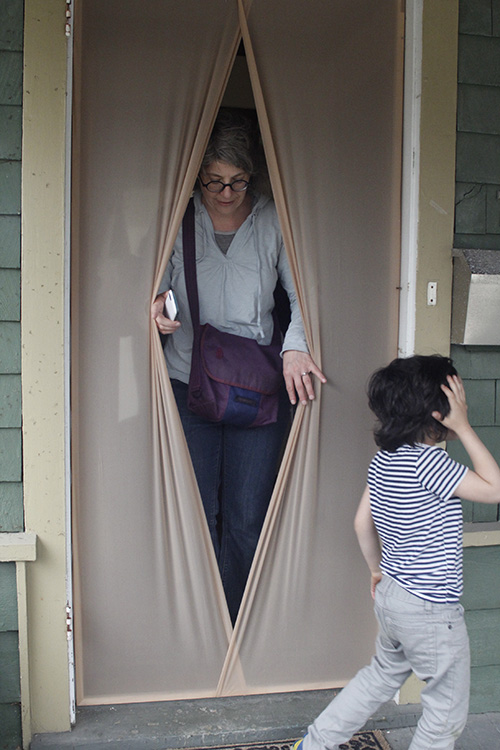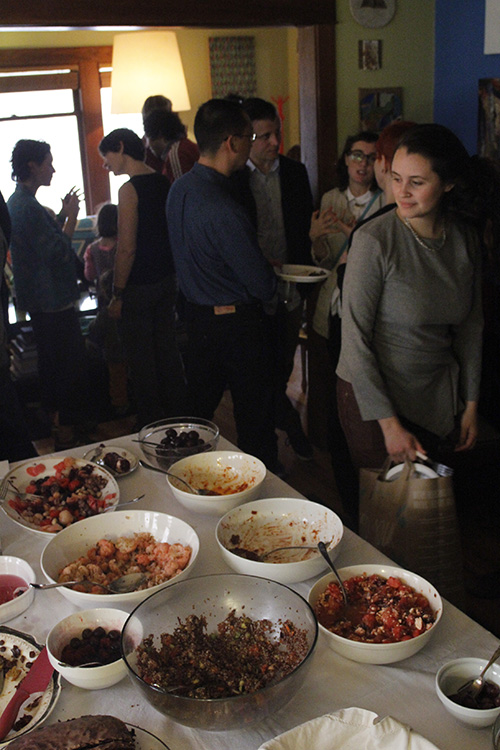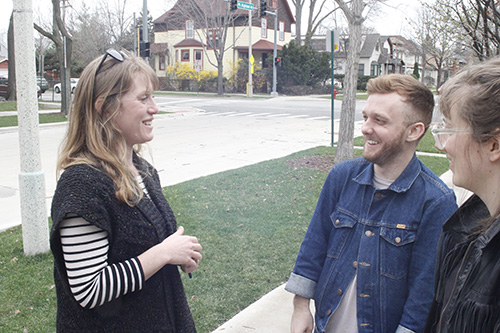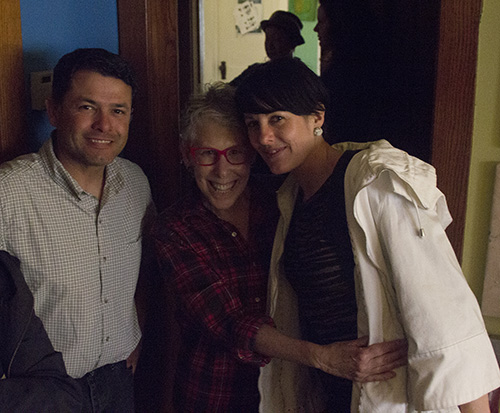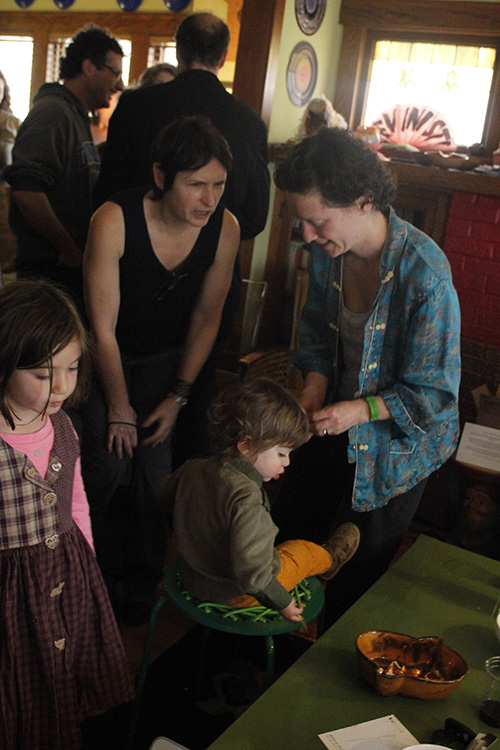People always say a house is like a body and the body is like a house… Terrain Exhibition April 2015 by Jeanne Dunning. Yesterday was the opening reception and very well attended on a fine spring day!
Jeanne Dunning’s photographic, sculptural and video work explores our relationship to our own physicality, looking at the strange and unfamiliar in the body, gender, ideas about normalcy, and, most recently, death. Her work has been shown extensively throughout the United States and Europe since the mid-1980s. It has been included in major group exhibitions such as the Whitney Biennial, the Sydney Biennale, and the Venice Biennale. She has had one person shows at the Hirshhorn Museum and Sculpture Garden in Washington D.C., the Museum of Contemporary Art in Chicago, the Konstmuseet in Malmö, Sweden, The Wattis Institute in San Francisco, and The Berkeley Art Museum, as well as at numerous commercial and not-for-profit galleries throughout the world.
Joining the thriving group of artist-run exhibition spaces, Terrain was started by artist Sabina Ott and writer John Paulett in 2011. Terrain is dedicated to featuring interventions into the conventional landscape of a front yard by emerging as well as established artists who have been invited to create a site – specific work. Artists create installations that challenge the space between public and private, decoration and function, figure and ground. Sabina Ott is a professor in the Art & Design Department, which which Interdisciplinary Arts is is merging in the Fall of 2015. Ott recently became a Guggenheim Fellow.
Terrain differs from many other alternative art platforms in that the artworks are accessible and visible 24 hours a day, year round. Situated in Oak Park, Terrain is directly across from Longfellow Elementary School near Ridgeland and Jackson Avenues. Visitors, neighbors, school children, teachers and their parents will be exposed to challenging contemporary art, offering the experience of discovery and surprise to the community. Terrain will exhibit work that expands the audience of an artwork as well as the function of a suburban front yard.

